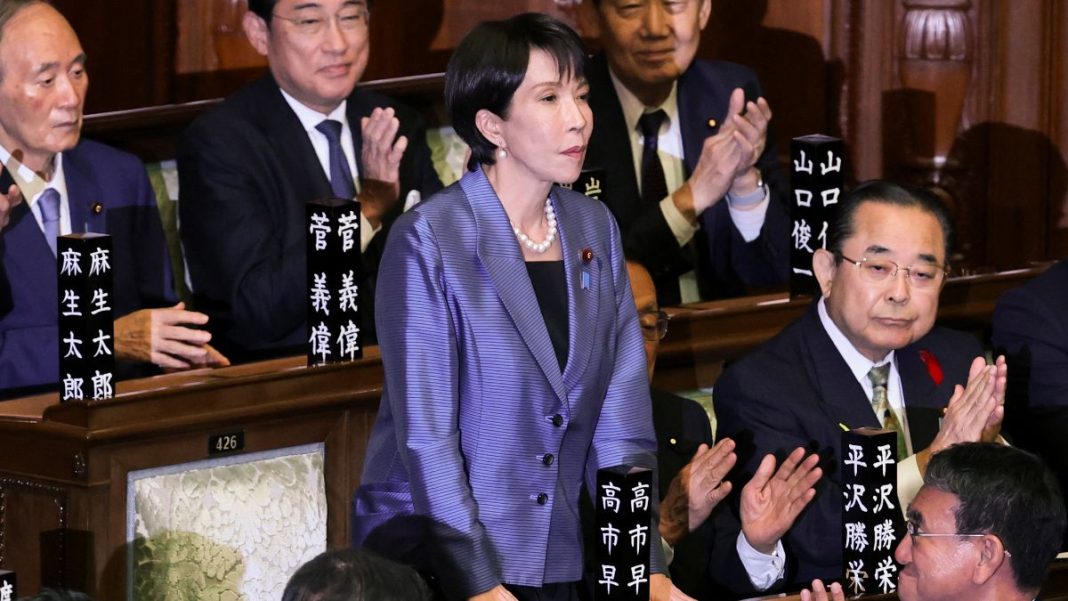Key Takeaways
- Sanae Takaichi becomes Japan’s first female prime minister after securing 237 Lower House votes
- New coalition with Japan Innovation Party forms minority government, restoring political stability
- Markets rally on “Takaichi trade” expectations of continued economic stimulus
- Policies align with India’s Atmanirbhar Bharat, promising stronger bilateral cooperation
Japan has entered a new political era with the historic election of Sanae Takaichi as the country’s first female prime minister on October 21, 2025. The ruling Liberal Democratic Party leader secured a decisive 237 votes in the Lower House, avoiding a runoff and cementing her leadership during a critical period for Japan’s economy.
Her victory was backed by the Japan Innovation Party after the LDP’s longtime coalition partner Komeito withdrew, creating temporary political uncertainty. The new coalition has sufficient seats to form a minority government, bringing stability amid public concerns over rising living costs and a weakening yen.
Financial markets responded enthusiastically, with the Nikkei 225 index hitting fresh highs as investors anticipate substantial economic reforms and stimulus measures—what analysts are calling the “Takaichi trade.”
Economic Policy Direction
Takaichi’s leadership signals both continuity and potential intensification of “Abenomics”—the signature policy framework of former Prime Minister Shinzo Abe. This approach combines aggressive monetary easing, fiscal stimulus, and structural reforms to combat Japan’s long-standing economic stagnation.
Her government plans immediate tax relief measures, including a two-year suspension of the food consumption tax to help households cope with inflation. Additional priorities include free high school education and reducing parliamentary seats, reflecting proposals from coalition partner Japan Innovation Party.
The expected appointment of Satsuki Katayama as finance minister would reinforce Takaichi’s commitment to expansionary policies. Investors are closely monitoring the Bank of Japan, as the new prime minister has consistently criticized interest rate hikes and advocates maintaining ultra-loose monetary policy, prioritizing growth over currency stability.
The Japanese yen has already weakened to 150.96 against the US dollar as expectations of strong economic stimulus outweigh concerns about fiscal discipline.
Strategic Implications for India
Japan’s leadership transition holds significant importance for India. Takaichi’s focus on strengthening supply-chain self-sufficiency in semiconductors, artificial intelligence, and energy aligns perfectly with Prime Minister Narendra Modi’s initiative.
This policy convergence could accelerate Japanese investment in India’s high-tech manufacturing and infrastructure sectors as both nations work to reduce dependence on China. Takaichi’s well-known support for free trade and regional economic partnerships suggests she will actively promote strategic collaboration with India, particularly in defense and digital technology.




